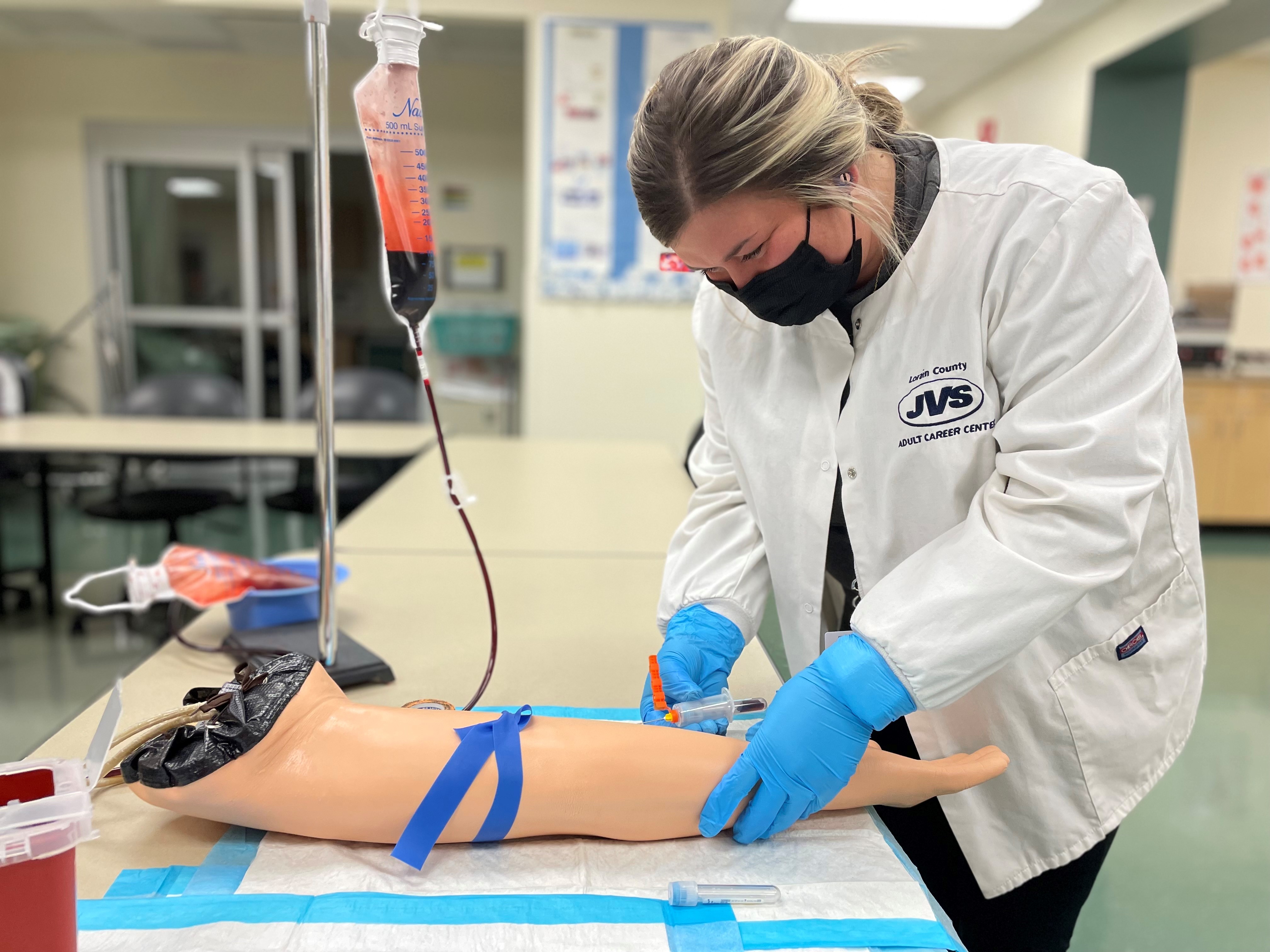What Does Northeast Medical Institute - New Haven Campus Phlebotomy Course & Cna Class Do?
What Does Northeast Medical Institute - New Haven Campus Phlebotomy Course & Cna Class Do?
Blog Article
Not known Details About Northeast Medical Institute - New Haven Campus Phlebotomy Course & Cna Class
Table of ContentsAn Unbiased View of Northeast Medical Institute - New Haven Campus Phlebotomy Course & Cna ClassNortheast Medical Institute - New Haven Campus Phlebotomy Course & Cna Class Fundamentals ExplainedAll about Northeast Medical Institute - New Haven Campus Phlebotomy Course & Cna ClassNortheast Medical Institute - New Haven Campus Phlebotomy Course & Cna Class Things To Know Before You Get ThisThings about Northeast Medical Institute - New Haven Campus Phlebotomy Course & Cna ClassThe Best Strategy To Use For Northeast Medical Institute - New Haven Campus Phlebotomy Course & Cna Class
The use of such tools should be gone along with by other infection prevention and control techniques, and training in their use.For settings with low sources, expense is a motoring consider purchase of safety-engineered tools - CNA Courses. Where safety-engineered tools are not available, competent usage of a needle and syringe serves. Unintended direct exposure and particular details regarding an occurrence must be recorded in a register. Assistance services ought to be promoted for those that go through accidental exposure.
In the blood-sampling room for an outpatient department or clinic, offer a comfy reclining sofa with an arm rest.
Northeast Medical Institute - New Haven Campus Phlebotomy Course & Cna Class - Truths
Make sure that the signs for blood tasting are plainly defined, either in a created protocol or in recorded guidelines (e.g. in a lab form). Collect all the tools required for the treatment and location it within risk-free and simple reach on a tray or trolley, ensuring that all the things are plainly noticeable.
Where the person is adult and conscious, follow the actions detailed below. Present on your own to the patient, and ask the person to state their full name. Examine that the laboratory type matches the individual's identity (i.e. match the individual's details with the laboratory form, to ensure accurate recognition). Ask whether the license has allergies, phobias or has actually ever fainted throughout previous injections or blood draws.
Make the client comfy in a supine placement (if feasible). Place a clean paper or towel under the person's arm. Go over the test to be performed (see Annex F) and get verbal authorization. The individual has a right to decline a test at any kind of time prior to the blood sampling, so it is important to make sure that the patient has actually recognized the procedure.
Unknown Facts About Northeast Medical Institute - New Haven Campus Phlebotomy Course & Cna Class
Prolong the client's arm and evaluate the antecubital fossa or lower arm. Locate a capillary of a good size that shows up, straight and clear. The representation in Section 2.3, reveals typical placements of the vessels, yet several variations are possible. The mean cubital vein exists in between muscles and is normally the most simple to pierce.
DO NOT insert the needle where go now blood vessels are diverting, due to the fact that this raises the possibility of a haematoma. The capillary needs to show up without applying the tourniquet. Situating the blood vessel will assist in identifying the appropriate dimension of needle. Apply the tourniquet regarding 45 finger widths over the venepuncture website and re-examine the blood vessel.
Samplings from main lines carry a danger of contamination or incorrect research laboratory examination results. It is acceptable, but not ideal, to attract blood samplings when first introducing an in-dwelling venous gadget, before connecting the cannula to the intravenous liquids.
The 10-Minute Rule for Northeast Medical Institute - New Haven Campus Phlebotomy Course & Cna Class
Failing to permit adequate get in touch with time increases the threat of contamination. DO NOT touch the cleaned website; in particular, DO NOT place a finger over the vein to lead the shaft of the revealed needle.
Ask the client to form a clenched fist so the veins are much more noticeable. Get in the blood vessel promptly at a 30 level angle or much less, and remain to introduce the needle along the blood vessel at the most convenient angle of access - Phlebotomy Classes. As soon as sufficient blood has actually been accumulated, release the tourniquet prior to withdrawing the needle
Northeast Medical Institute - New Haven Campus Phlebotomy Course & Cna Class for Dummies
Withdraw the needle delicately and use gentle pressure to the site with a tidy gauze or completely dry cotton-wool round. Ask the patient to hold the gauze or cotton wool in position, with the arm extended and raised. Ask the client NOT to flex the arm, because doing so causes a haematoma.

Some Of Northeast Medical Institute - New Haven Campus Phlebotomy Course & Cna Class
Do not press the syringe bettor since additional pressure boosts the danger of haemolysis. Where possible, keep televisions in a shelf and relocate the rack towards you. Infuse downwards into the suitable coloured stopper. DO NOT eliminate the stopper since it will release the vacuum cleaner. If the sample tube does not have a rubber stopper, inject exceptionally gradually right into the tube as decreasing the pressure and speed made use of to transfer the specimen minimizes the threat of haemolysis.

Report this page